In a vehicle’s climate system, two valves often attract attention when heating goes awry: the Heater Coolant Control Valve and the Automobile Heating Control Valve. While they may function in overlapping or adjacent roles, issues in either one can disrupt your cabin heating, comfort, and even engine performance.
1. Common Problems with Heater Coolant Control Valve & Automobile Heating Control Valve
Before jumping into solutions, it helps to list the frequent issues observed in real-world vehicles:
1.1 No Heat or Weak Heat Output
One of the most frequent complaints: the heater produces little or no warm air. This typically means coolant isn’t reaching the heater core, often due to a stuck or closed Heater Coolant Control Valve or a malfunctioning Automobile Heating Control Valve.
1.2 Heat Always On (Cannot Turn Off)
Another scenario: regardless of settings, the system always delivers heat. In such cases, the heater valve may be stuck open or control signals aren’t being sent correctly.
1.3 Erratic Heating Behavior
Temperatures fluctuate randomly, or the heater is hot at idle but lukewarm at higher RPMs. This inconsistency often points to a failing, partially stuck, or intermittently controlled valve.
1.4 Coolant Leaks Around the Valve
Over time, seals degrade, cracks form, or valves develop internal leakage paths. A leaking Automobile Heating Control Valve or Heater Coolant Control Valve can drop coolant levels and hurt the system’s performance.
1.5 Engine Overheating or Cooling Circuit Effects
While less common, a faulty valve can influence the broader cooling loop. For example, if the valve obstructs coolant flow excessively or leaks enough coolant, engine temperature may rise.
1.6 Impact on A/C and HVAC System
In systems where heating and cooling are integrated, a bad heating valve can interfere with air conditioning. For example, if the heating valve fails to close while A/C is active, hot coolant flow may undermine cooling performance.
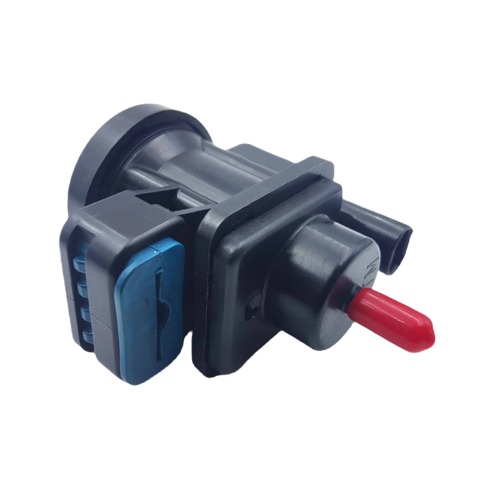
2. Diagnosing the Problems: Steps & Tips
Now that you know the symptoms, here’s a step-by-step guide to diagnosing faults in the Automobile Heating Control Valve and Heater Coolant Control Valve.
2.1 Visual Inspection & Leak Check
Inspect around the valve, its connecting hoses, and mounting area for coolant stains, moisture, or cracks.
Check for signs of splitting, brittleness, or corrosion on the valve body or fittings.
If leakage is evident, that often signals it’s time to replace rather than attempt repair.
2.2 Temperature Differences Across Valve Hoses
With the engine warmed and heating turned on, feel both the inlet and outlet hoses. If both are warm and similar, the valve may be stuck open.
If the outlet side is cool or lukewarm while the inlet is hot, the valve may be stuck closed or partially blocked.
This test helps localize whether flow is being blocked or uncontrolled.
2.3 Check Control Signals (Electrical / Vacuum)
For electrically actuated valves, verify whether the control unit is sending proper voltage. In certain BMW forums, users found that if 12 V is present yet the valve doesn’t change state, the valve is faulty.
For vacuum-actuated valves, ensure vacuum lines are intact (not melted, pinched, or disconnected).
2.4 Check for Internal Blockage or Deposit Build-Up
If visual and signal checks appear normal but the valve misbehaves, inside passages may be clogged with rust, scale, debris, or coolant residue. It might be possible to disassemble and clean (if design allows), but more often replacement is safer.

 English
English русский
русский Español
Español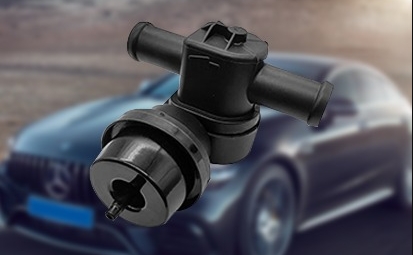

 View More >>
View More >>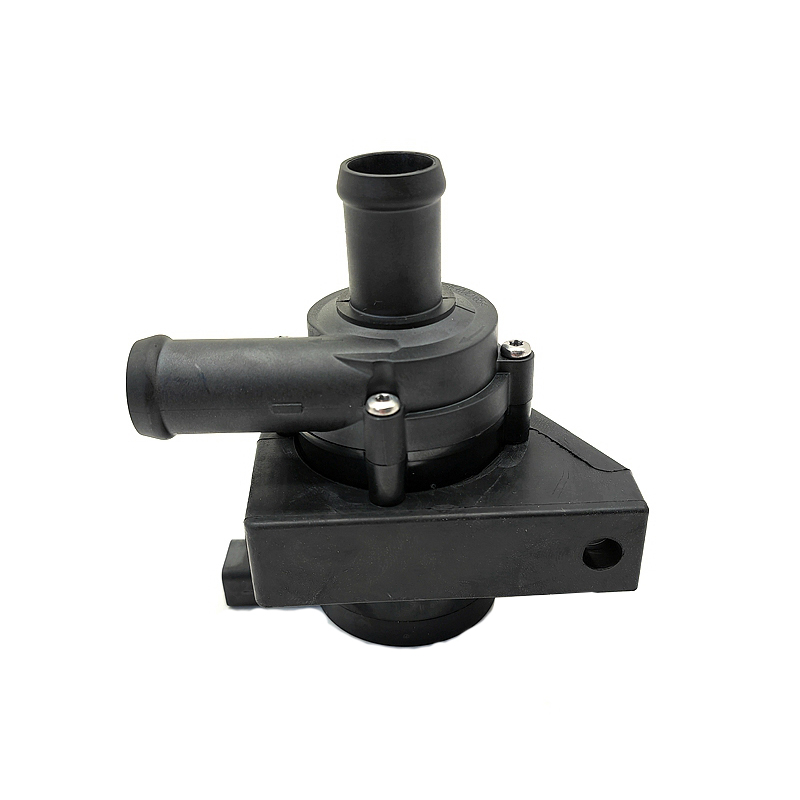 View More >>
View More >>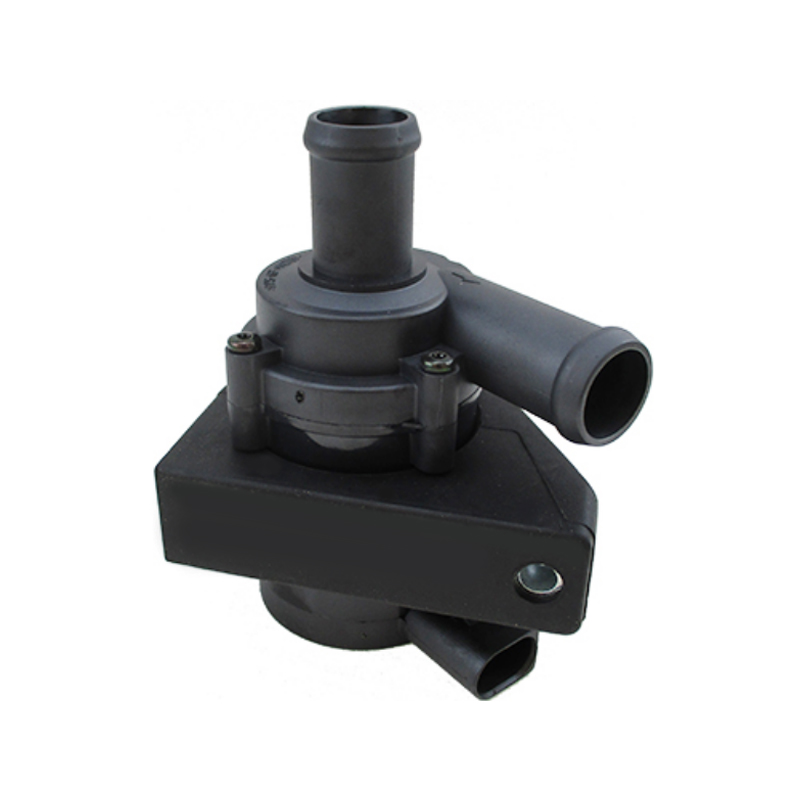 View More >>
View More >>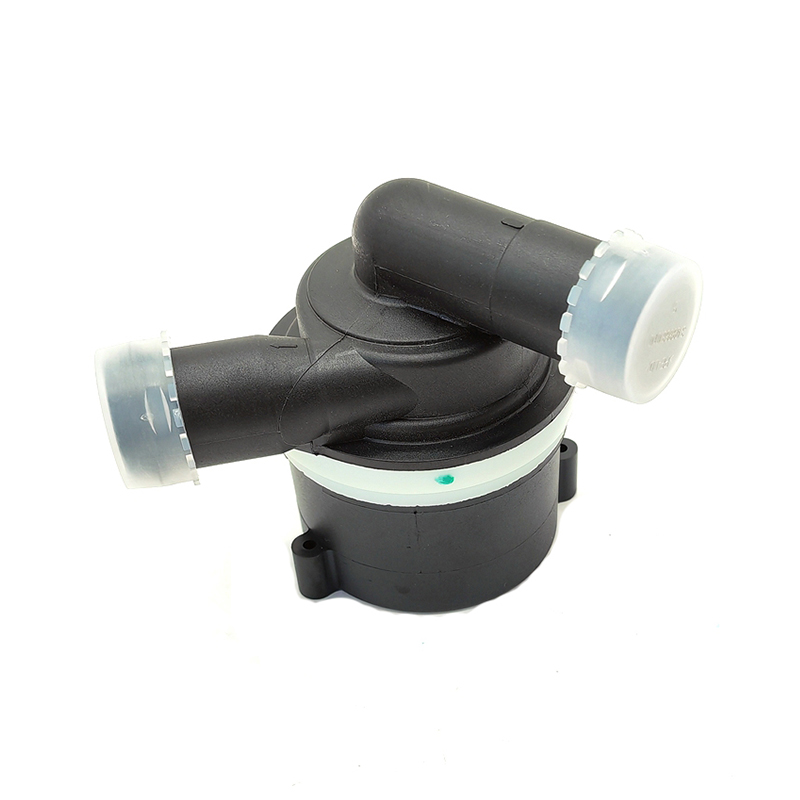 View More >>
View More >>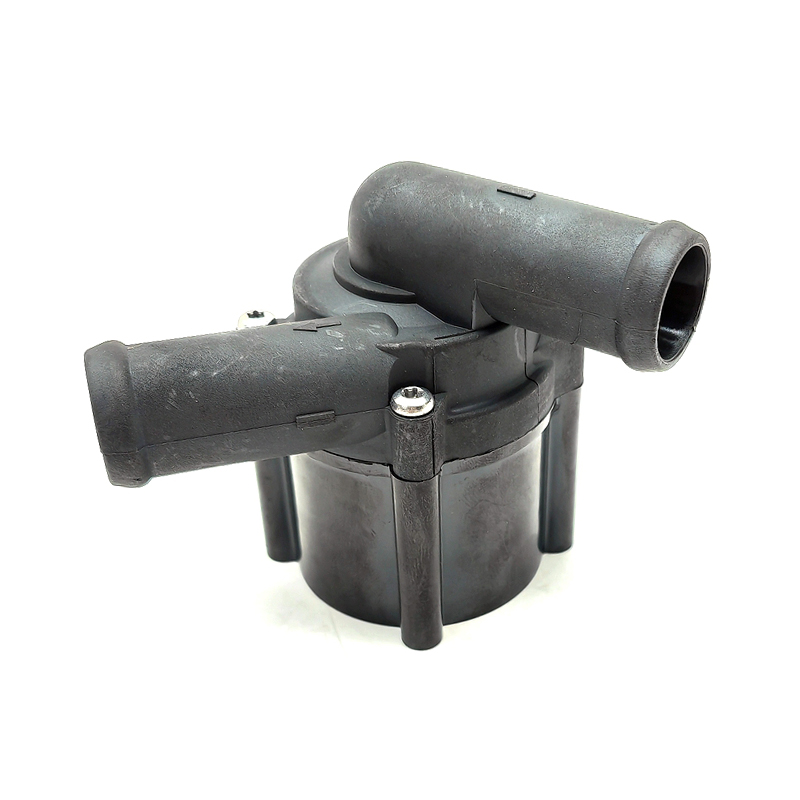 View More >>
View More >>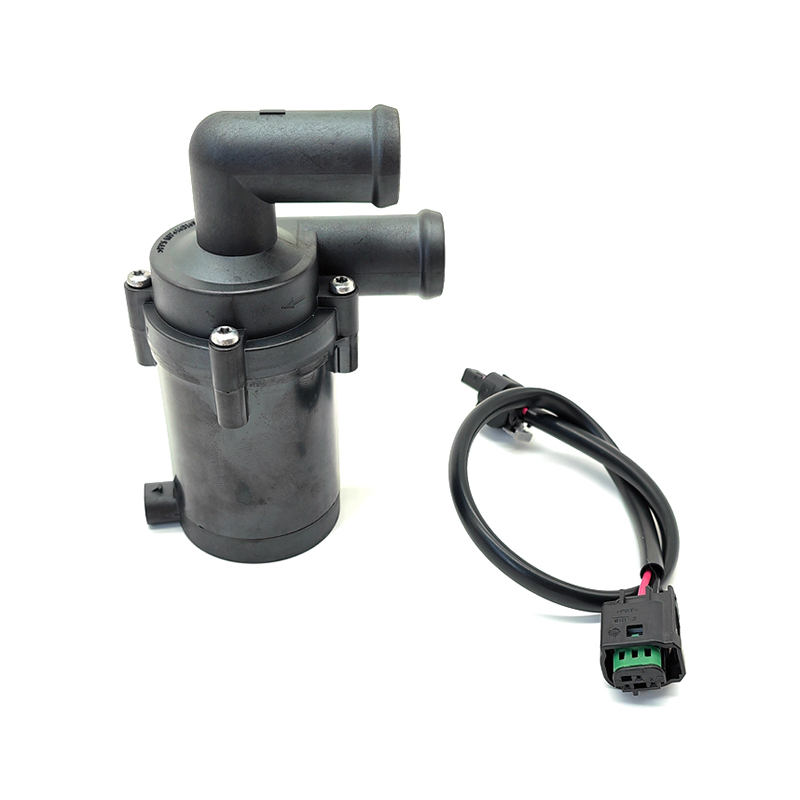 View More >>
View More >>